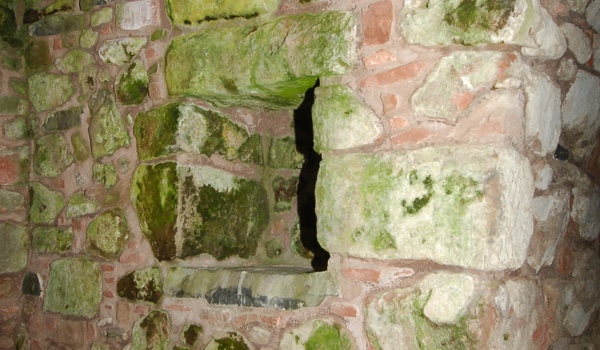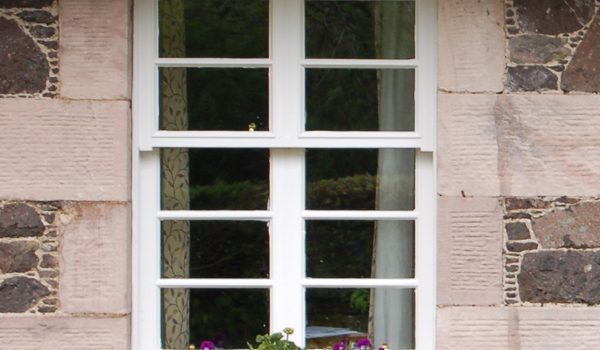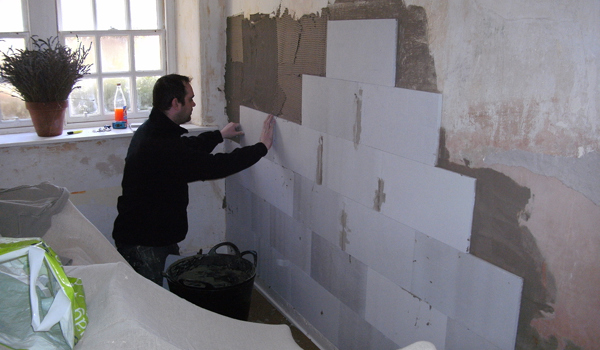How to improve energy efficiency
Overview
Overview
Traditional buildings have been proven to perform better thermally than was previously thought, but there’s still plenty of room for improvement.
Some of the basic measures outlined in this guide can help building owners to improve energy efficiency and cut fuel consumption – reducing both energy costs and carbon emissions.
Applying a selection of these measures can significantly raise the thermal performance of older structures – both listed and unlisted. Occupants will benefit from improved thermal comfort and indoor air quality.
All measures used should be sympathetic to the character and construction of the building. In particular, ‘passive’ ventilation and moisture permeable materials, part of the design of traditional buildings, help to keep the fabric in good health.
Careful planning, selection of materials and delivery of measures will help to achieve both the full benefits and a durable, long-lasting refurbishment.
Listed building consent may be required in some cases, but this shouldn’t be seen as a barrier to appropriate improvement. Not all measures will suit all situations, and owners should assess the likely suitability of a measure for a specific site with the help of an experienced building professional.
- Next
-
How a traditional building works





